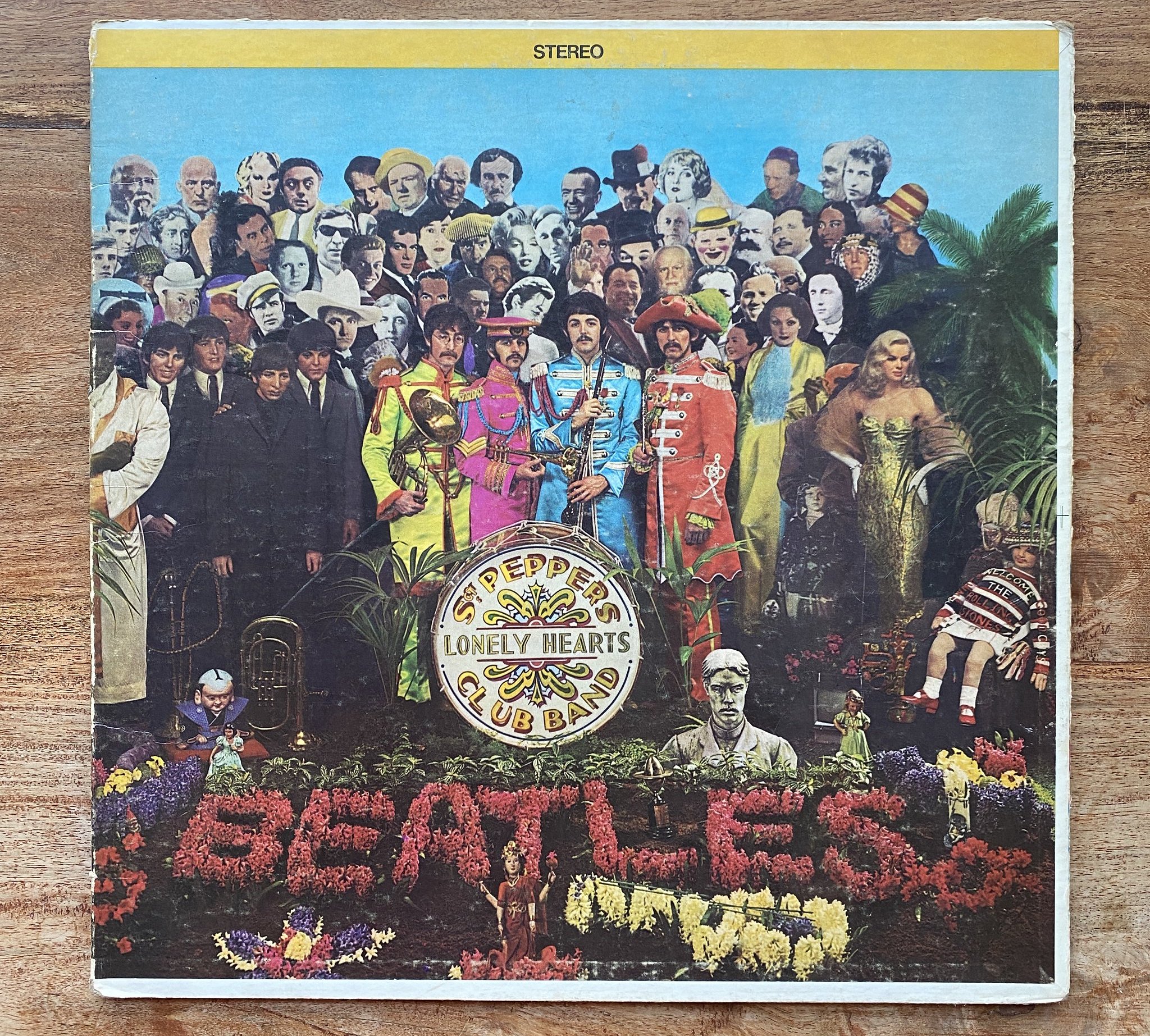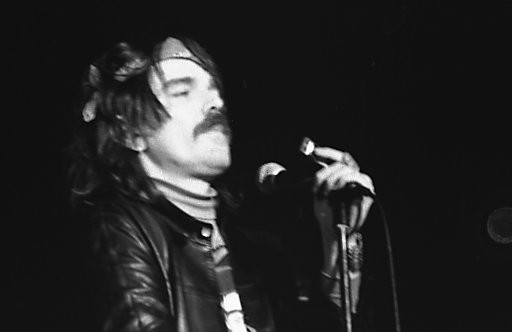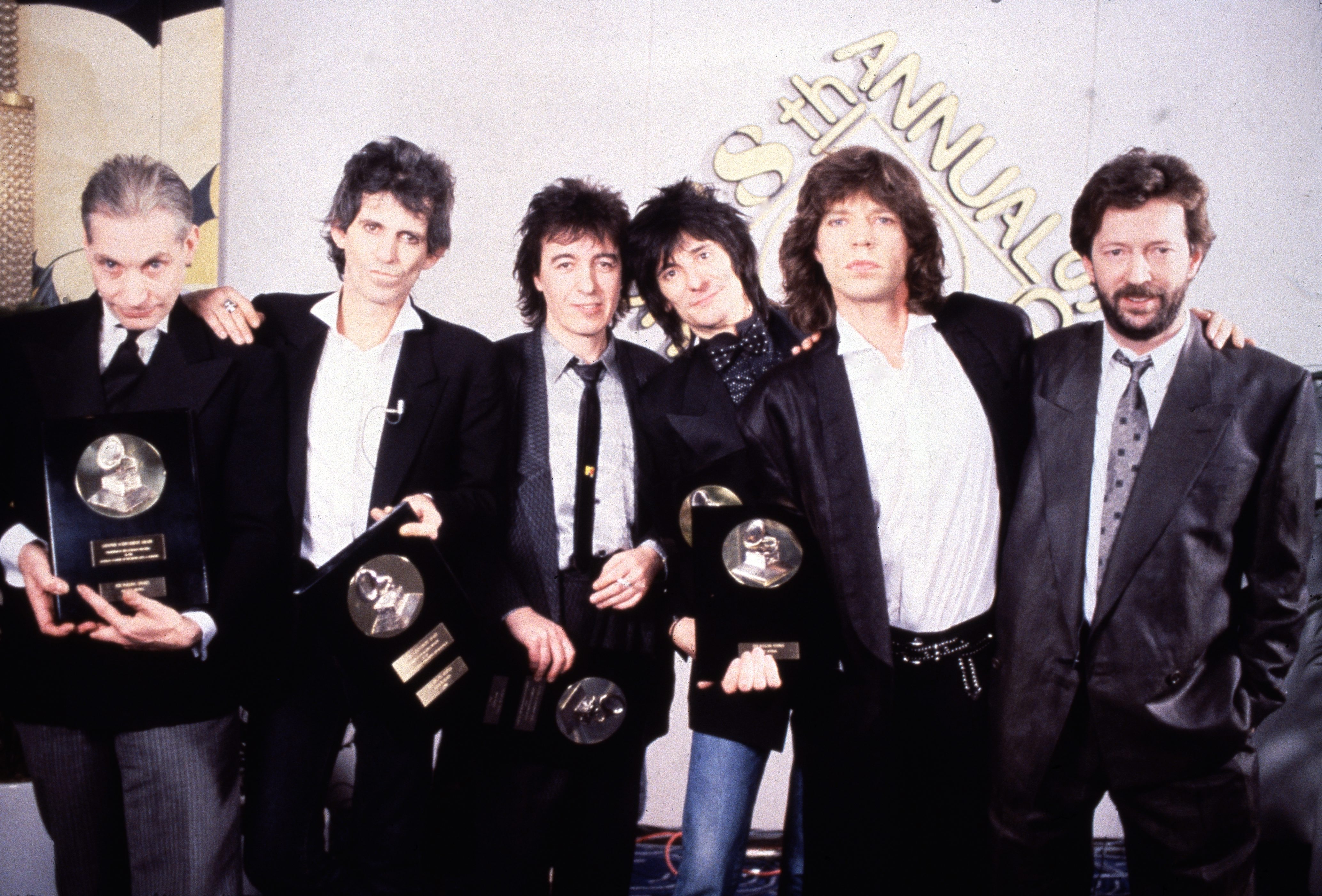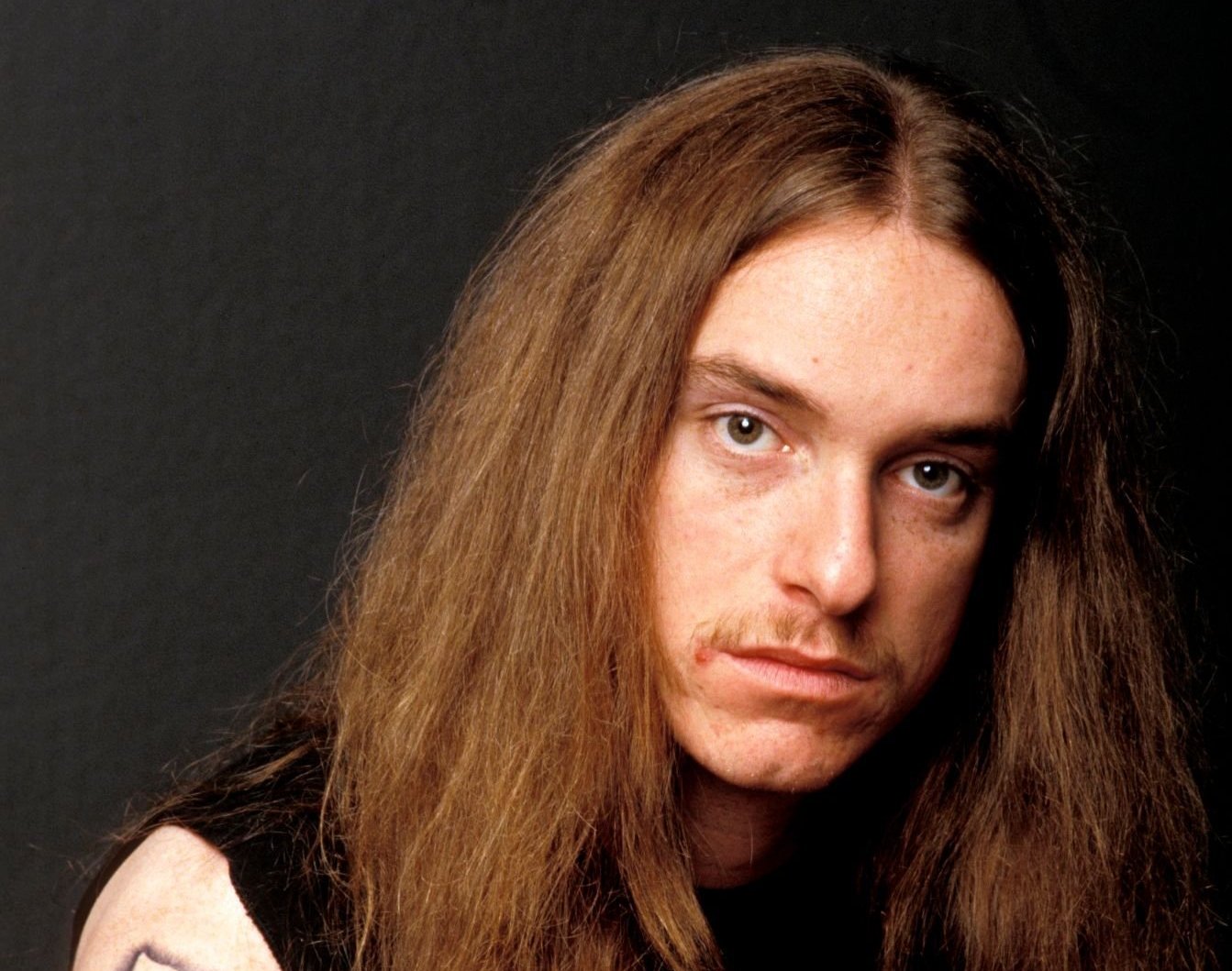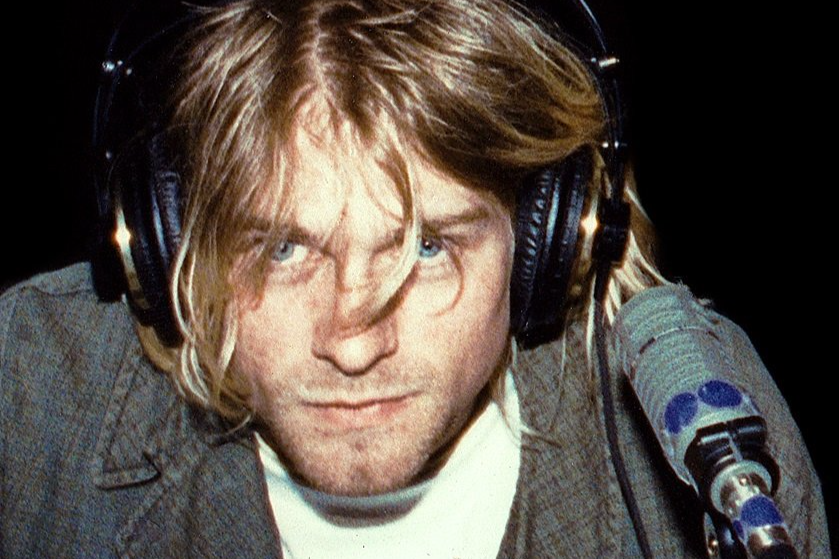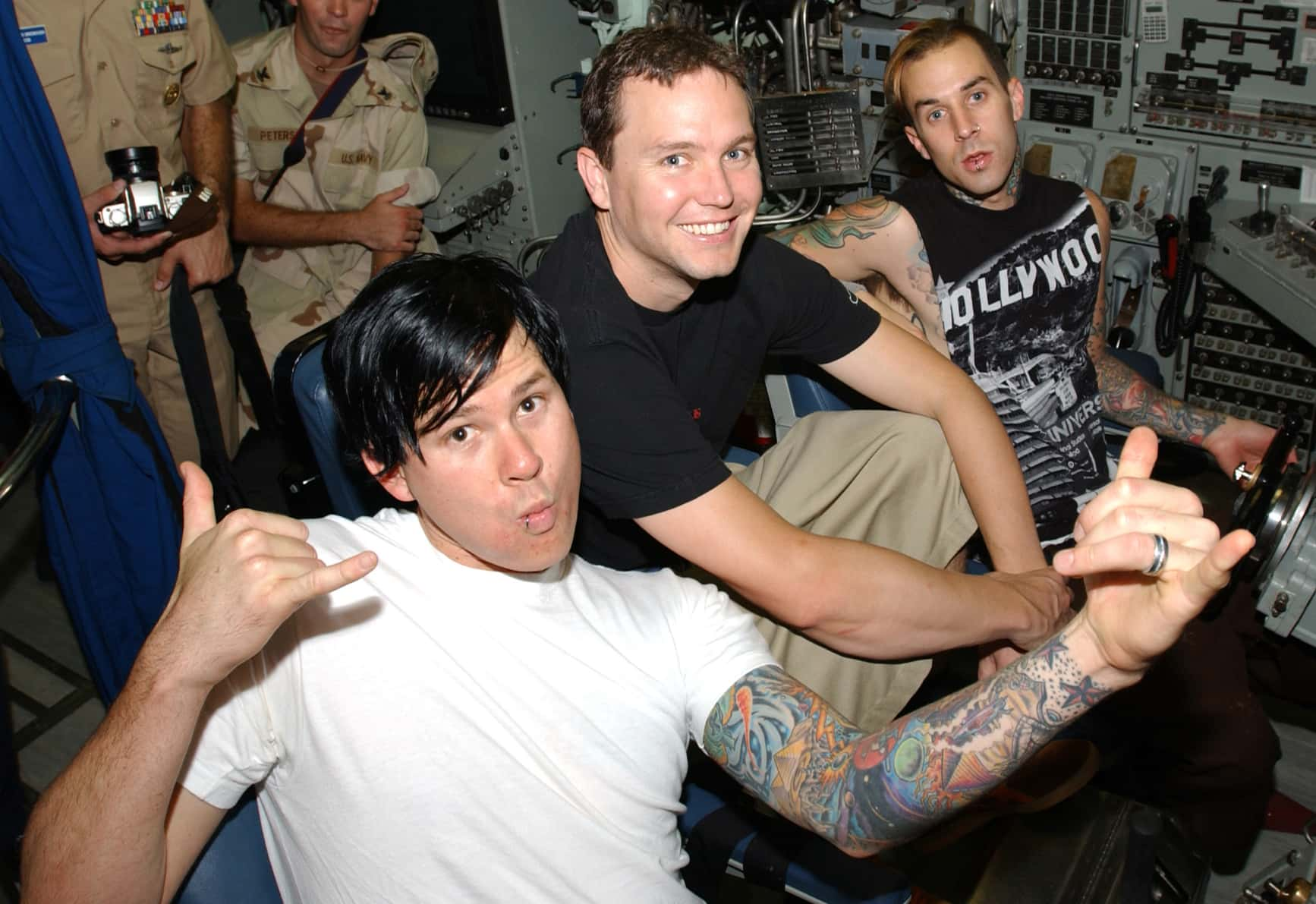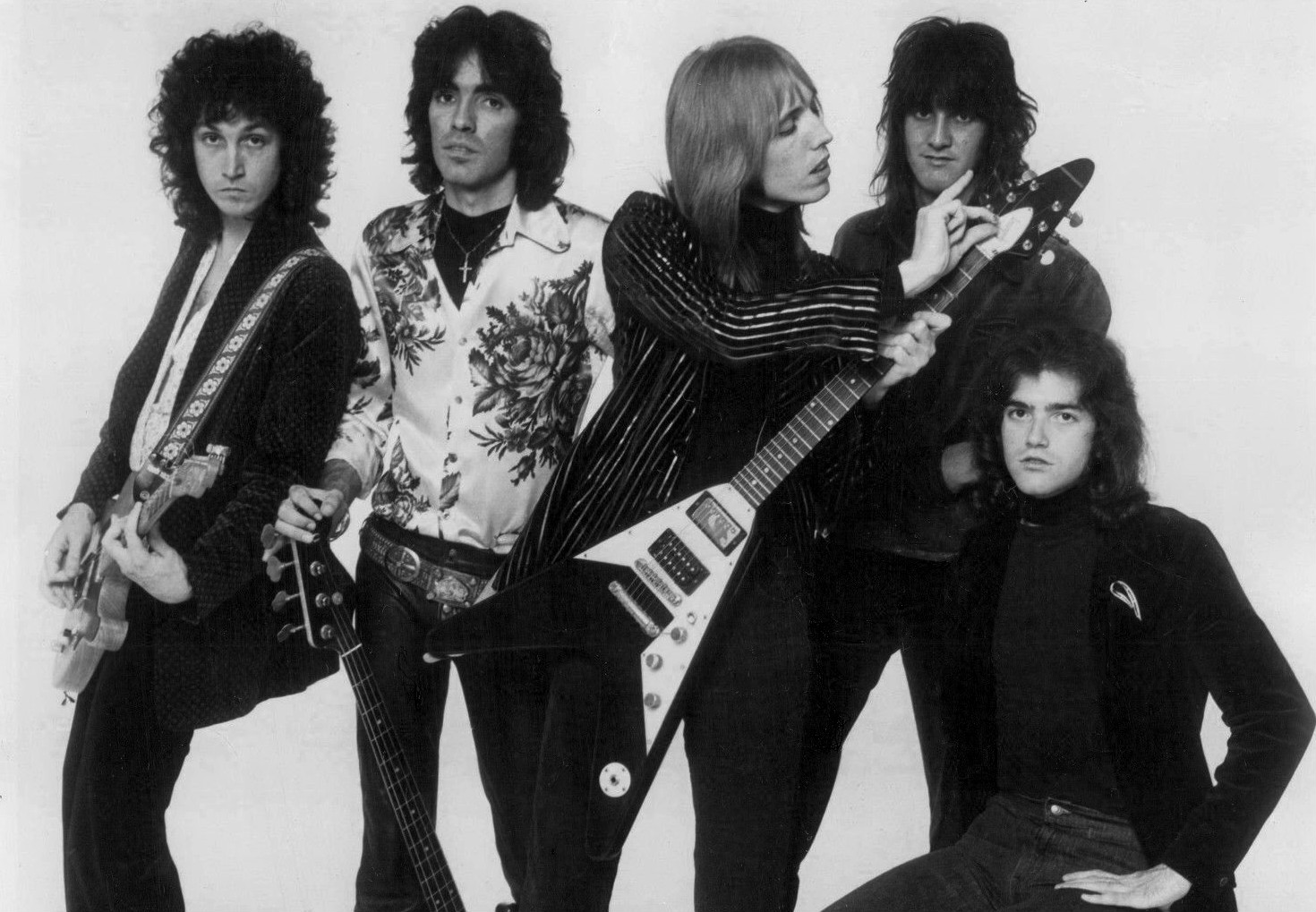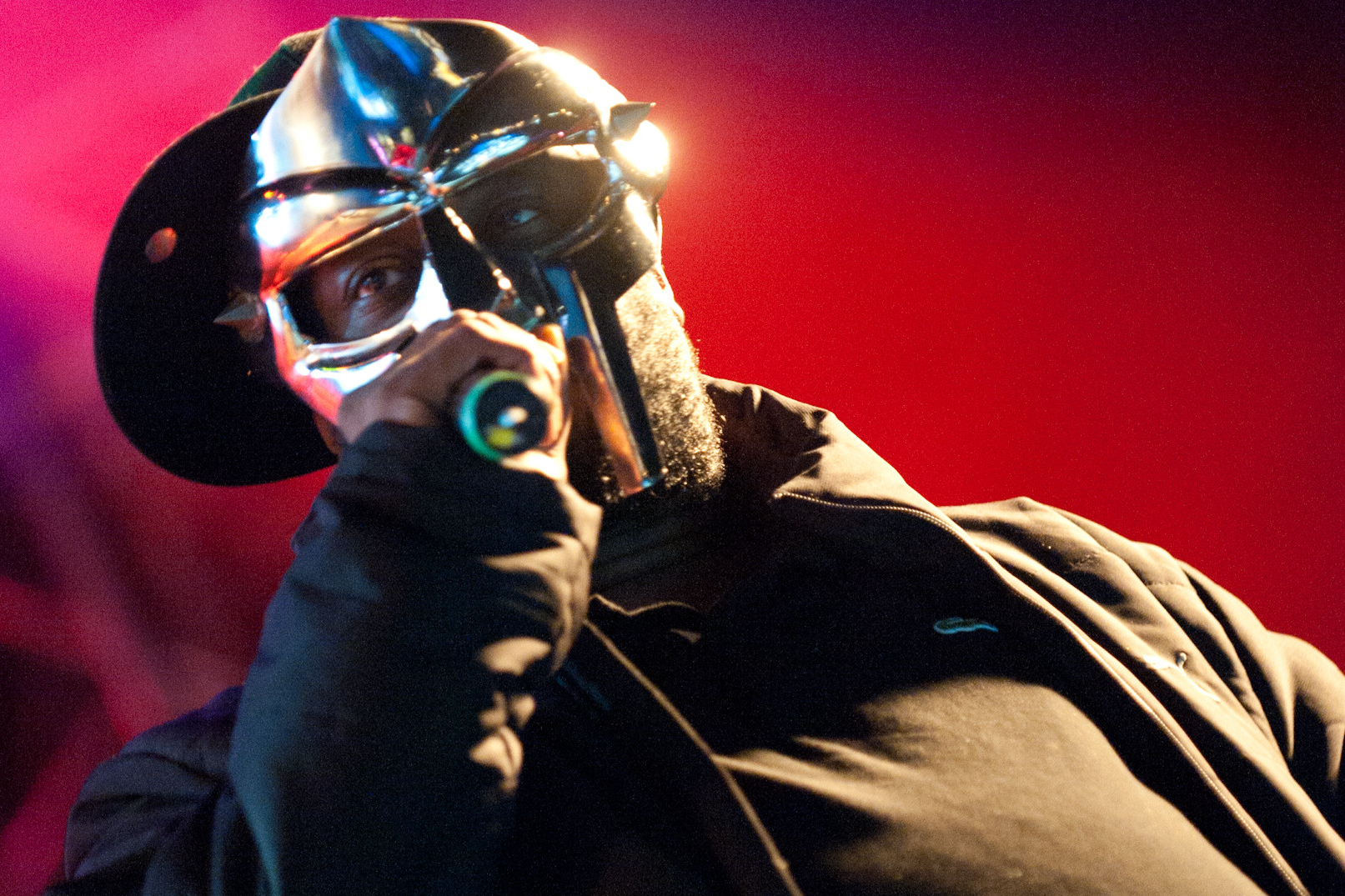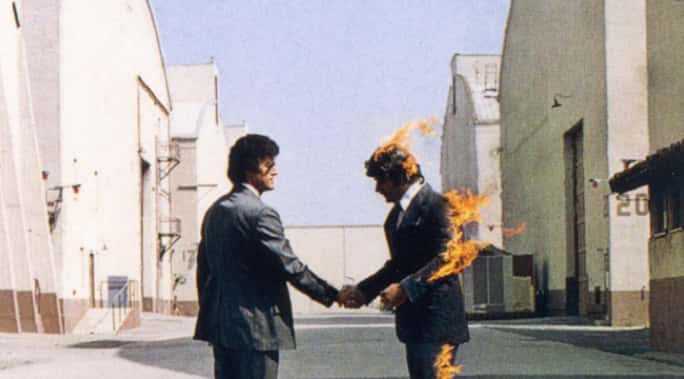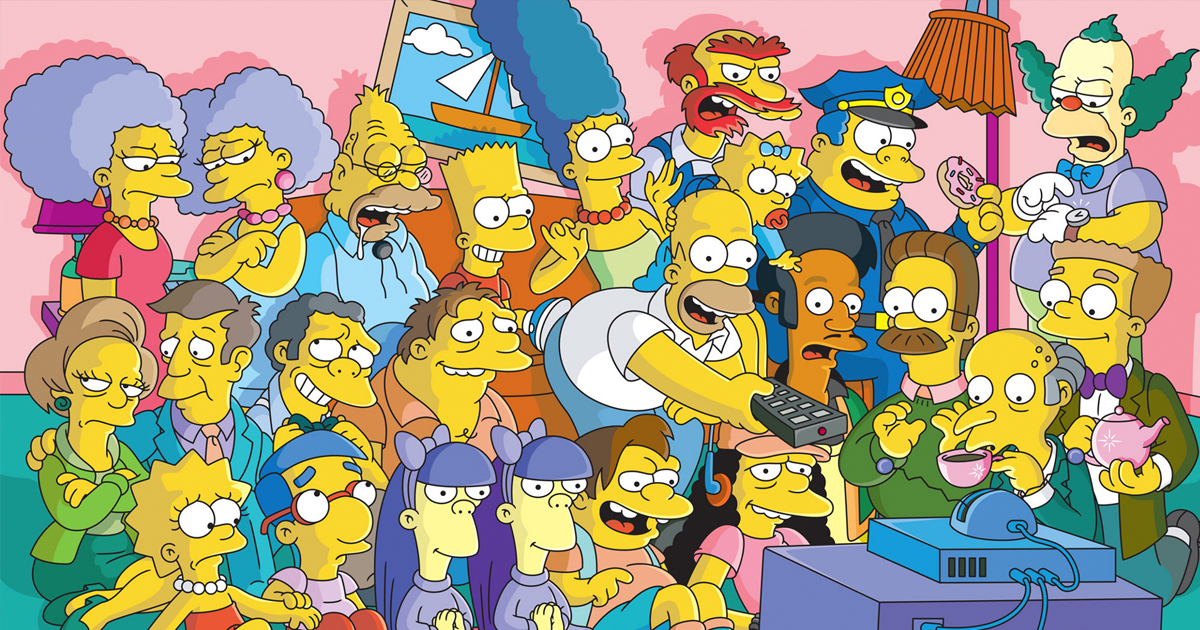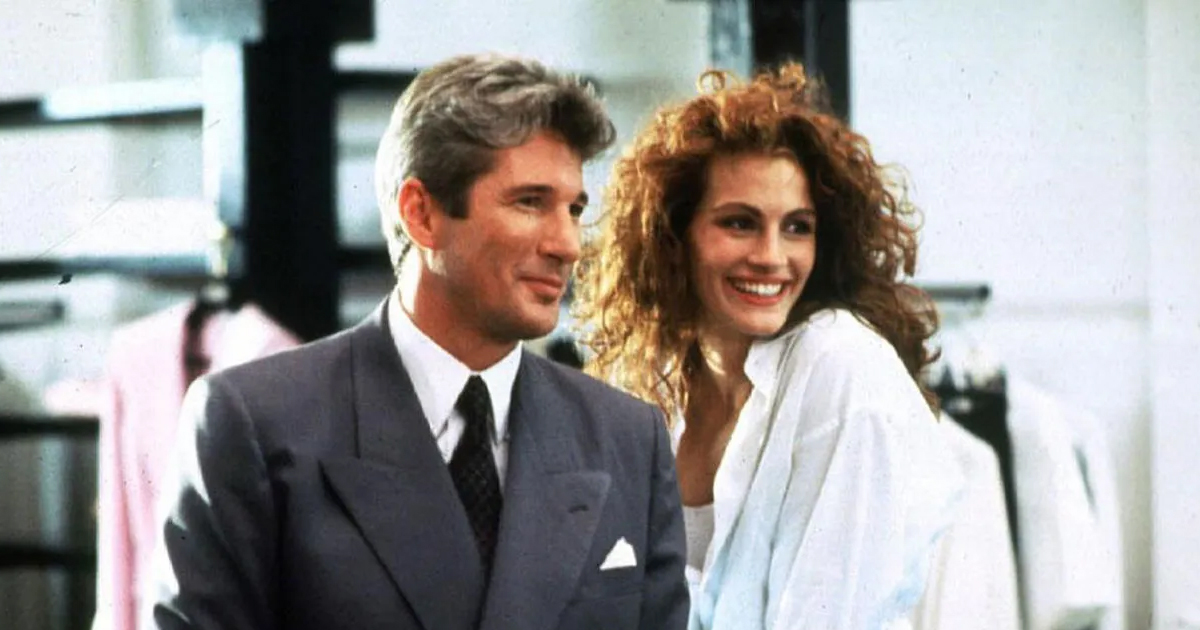Chaos In The Mix
Mash up different styles and throw in some musical egos, and you’re on track for backroom drama as exciting as the music that crawled its way out of a tortuous process. These are the tales of songs that survived the drama—or were boosted through a sheer act of creative genius.
Blonde On Blonde (1966)—Bob Dylan
Recording the first track of his first album, Bob Dylan wasn’t that thrilled with what the studio musicians were giving him. So in a case of controlled chaos, he got everyone some substances and had them switch instruments—and “Rainy Day Women Nos 12 And 35” became one of his biggest hits.
 Xavier Badosa, CC BY-SA 3.0, Wikimedia Commons
Xavier Badosa, CC BY-SA 3.0, Wikimedia Commons
Sgt Pepper’s Lonely Hearts Club Band (1967)—The Beatles
In another tale of studio musicians, the Fab Four felt the performers’ stuffy attire was putting a crimp on the irreverent spirit they were aiming for. So the band handed out festive hats and big red clown noses to brighten the mood, helping to spur on one of history’s greatest albums.
Velvet Underground & Nico (1967)—The Velvet Underground And Nico
Here’s a case where the solution came naturally. German singer Nico’s raspy voice derailed her performance of Lou Reed’s softly moving “I’ll Be Your Mirror”. She burst into tears of defeat, but her sobs changed the timbre of her voice, letting her find just the right tone for this love song.
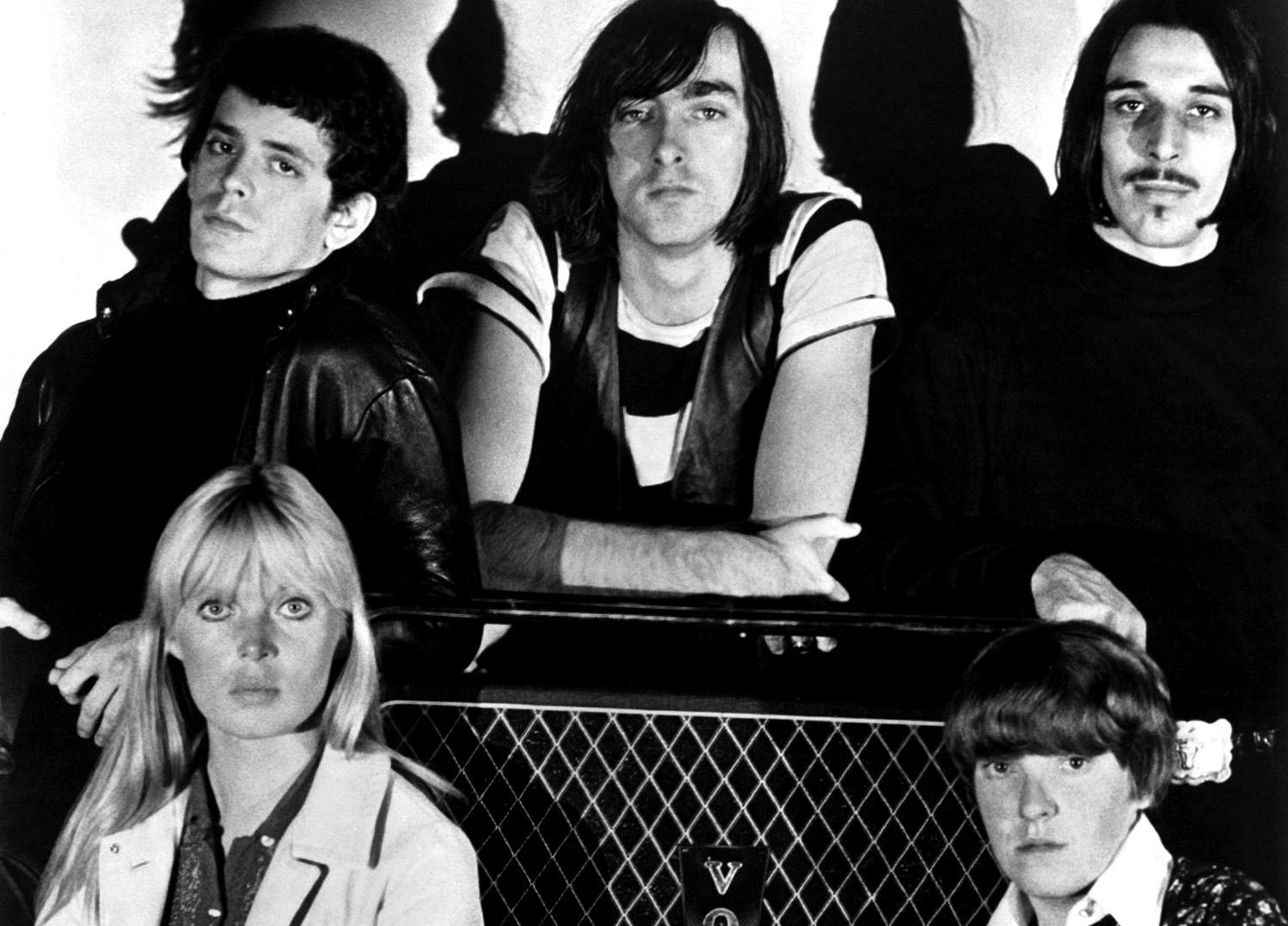 Verve Records, Wikimedia Commons
Verve Records, Wikimedia Commons
Tommy (1969)—The Who
The Who had repeatedly failed to light up the charts, so Pete Townsend needed a big bright idea. He turned for guidance to Indian spiritual leader Meher Baba—and wrote a critically acclaimed rock opera about Tommy Walker, a deaf and blind pinball champion turned messiah figure.
 KRLA Beat/Beat Publications, Wikimedia Commons
KRLA Beat/Beat Publications, Wikimedia Commons
Trout Mask Replica (1969)—Captain Beefheart And His Magic Band
A pinnacle of experimental rock, this album was recorded by musicians trapped in a “cultlike” atmosphere, forced by Captain Beefheart to practice 14 or more hours a day at a communal house for eight months, with the starving musicians at one point picked up for shoplifting food.
Let It Be (1970)—The Beatles
Paul McCartney wanted Let It Be to heal differences in the band and pave the way for a return to live performing, but the “hostile lethargy” of recording sessions escalated until George Harrison stormed out, after allegedly throwing punches at a frequently spaced-out John Lennon.
 Unknown Author, Wikimedia Commons
Unknown Author, Wikimedia Commons
Plastic Ono Band (1970)—John Lennon
There’s nothing like months of primal therapy to release those childhood demons—but it also made recording this album challenging for John Lennon. Former Beatles bandmate Ringo Starr played drums, and was disturbed by Lennon’s outbursts of crying or screaming, but the album did get completed.
 Jack Mitchell, CC BY-SA 4.0, Wikimedia Commons
Jack Mitchell, CC BY-SA 4.0, Wikimedia Commons
Exile On Main St (1972)—The Rolling Stones
Taking three years to complete, this album endured Keith Richards’ eventually successful battle with harmful habits, the group’s flight from England to avoid taxes, and a chaotic home studio in France that produced an erratic and muffled sound. The album is now considered a classic.
Burnin’ (1973)—Bob Marley And The Wailers
The album title came true, if only briefly, when ash from a bass player’s roll-up fell on the only tape recording of “I Shot The Sheriff”. But it seems the sheriff was only lightly grazed, and the song became one of Marley’s most popular, its fame extended by Eric Clapton’s version a year later.
 Dennis Morris, Wikimedia Commons
Dennis Morris, Wikimedia Commons
Sabbath Bloody Sabbath (1973)—Black Sabbath
Needing inspiration, Black Sabbath put pedal to the metal and headed to an abandoned castle—with a ghostly hooded figure wandering about, prompting one band member to keep a knife under his pillow. The album that resulted pushed their dark imaginations to new heights—or depths.
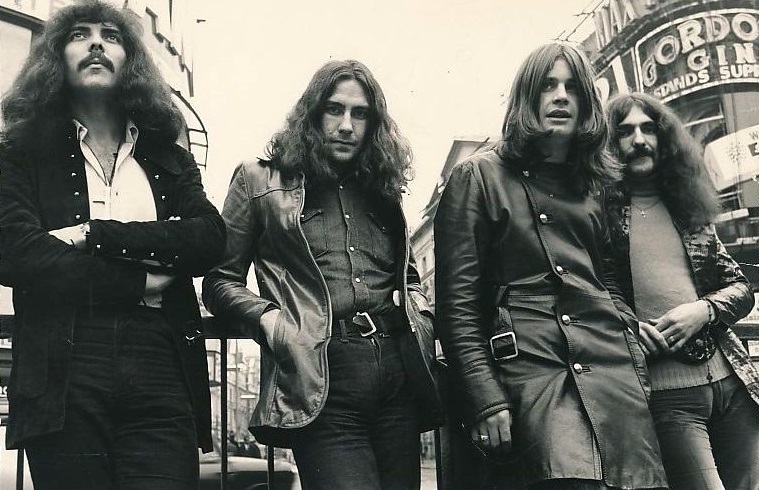 Vertigo Records, Wikimedia Commons
Vertigo Records, Wikimedia Commons
Presence (1976)—Led Zeppelin
Robert Plant was recovering from a car accident when he recorded this album’s vocals from a wheelchair. Despite the challenge, his singing made “Achilles Last Stand” and other tracks soar. By the group’s standards album sales were good, but not great, as Plant couldn’t go on tour.
 Jim Summaria, CC BY-SA 3.0, Wikimedia Commons
Jim Summaria, CC BY-SA 3.0, Wikimedia Commons
Station To Station (1976)—David Bowie
Bowie would remember virtually nothing about recording his tenth album, made while he subsisted on peppers, milk, and substances—and a side dish of the occult. The Thin White Duke shriveled to 80 pounds, but managed to complete an album Bowie termed “extremely dark”.
 Cinema 5, The Man Who Fell to Earth (1976)
Cinema 5, The Man Who Fell to Earth (1976)
Rumours (1977)—Fleetwod Mac
Bands break up, but in this case it was band couples breaking up: Lindsey Buckingham split from Stevie Nicks and Christine McVie split from John McVie. The drama didn’t hurt the album—maybe the opposite, as many see the album as one of pop music’s
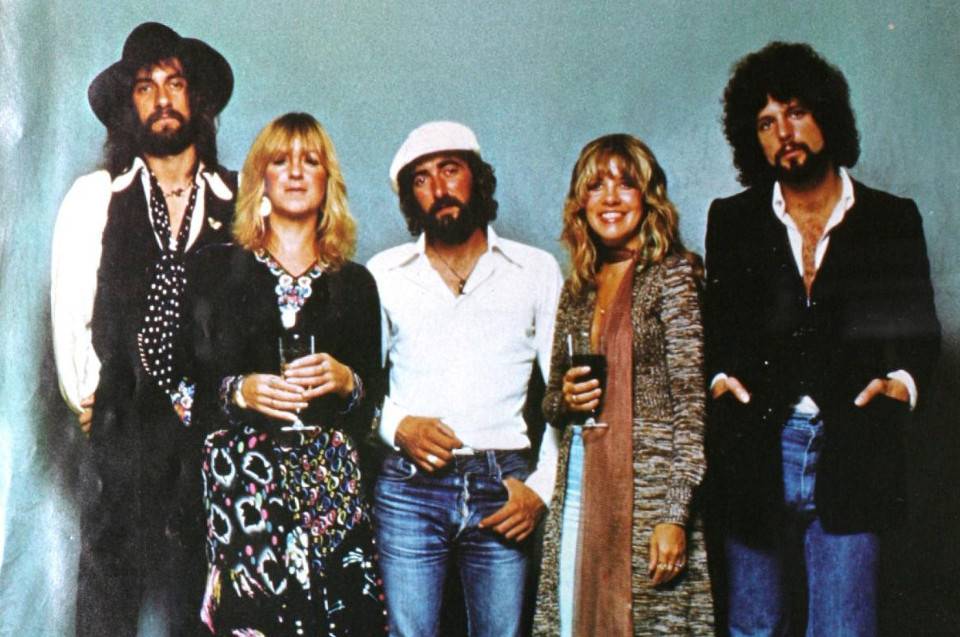 Warner Bros. Records, Wikimedia Commons
Warner Bros. Records, Wikimedia Commons
The Long Run (1979)—The Eagles
This album barely made it to the finish line as quarrels over the production foreshadowed the band’s initial breakup the next year. Originally conceived as a double album, the band struggled to come up with enough songs to fill just one LP. Reviews were mixed, but the album sold well.
In Through The Out Door (1979)—Led Zeppelin
Named in memory of singer Robert Plant’s son, the album was mired in challenges, including one band member’s alcoholism and the other’s substance issues. The iconic group disbanded a year later following drummer John Bonham’s demise after consuming 40 shots.
 Heinrich Klaffs, CC BY-SA 2.0, Wikimedia Commons
Heinrich Klaffs, CC BY-SA 2.0, Wikimedia Commons
…And Justice For All (1988)—Metallica
When member Cliff Burton passed on, Metallica might’ve paid a moving tribute to the bassist who was the heart and soul of their group. But instead they turned to booze and rage, producing one of the best albums the group came up with, suggesting denial sometimes produces great art.
In Utero (1993)—Nirvana
Kurt Cobain’s passing just months after the album’s release makes you look for writing on the wall. After huge commercial success, the rebel didn’t seem to know what to do about his own rebellion as he sang of boredom and numbness, offering “All Apologies” for his detachment.
Siamese Dream (1993)—Smashing Pumpkins
Band leader Billy Corgan was in therapy after a mental breakdown, and planning his own demise (he’s still alive), while being a little dictator in the studio, partly because the drummer kept disappearing. Yet the album was widely praised for balancing “the harsh and the sweet”.
Seal II (1994)—Seal
Seal disliked a song, "Kiss from a Rose," so much he “threw the tape in the corner”. Then producer Trevor Horn resurrected it years later for Seal’s 1994 album, and the next year it showed up in the Batman Forever film, soaring to #1 on the Billboard chart. Not bad for a tune angrily tossed aside.
 Featureflash Photo Agency, Shutterstock
Featureflash Photo Agency, Shutterstock
The Downward Spiral (1994)—Nine Inch Nails
The album’s title was definitely autobiographical, as Trent Reznor battled depression with substance issues and other excesses, eventually working his way out of rehab in 2001. Recording the album in Sharon Tate’s allegedly haunted house likely added to the grim mix.
De Mysteriis Dom Sathanas (1994)—Mayhem
The Norwegian metal band’s first album was delayed by its lead singer’s death and the murder of its guitarist by the bassist he’d recruited to help finish the album, which is now seen as among the black metal genre’s best—and ranking #40 on a list of best metal albums in general.
OK Computer (1997)—Radiohead
Wanting a radical switch in style, Radiohead decided to record in a shed fitted with their own recording equipment. That didn’t work out great, but working on a song for the movie Romeo + Juliet (1996) energized the group, and they recorded the rest of the album in a mansion.
The Colour And The Shape (1997)—Foo Fighters
Dave Grohl was the perfectionist behind this classic post-grunge album, at one point discarding weeks of recordings, with drummer William Goldsmith either fired or quitting in protest. Grohl then resisted label pressure and pressed on to get exactly what he wanted. And fans approved.
 Raph_PH, CC BY 2.0, Wikimedia Commons
Raph_PH, CC BY 2.0, Wikimedia Commons
Dude Ranch (1997)—Blink-182
Blink-182’s drummer, Scott Raynor, recorded from a wheelchair after over-celebrating a record deal—and one song's high notes broke Mark Hoppus’s voice, but eventually the album soared high in the charts, clinching the group’s place in the pop-punk pantheon.
Echo (1999)—Tom Petty And The Heartbreakers
After his wife left him, Petty fled to a chicken shack and reportedly got into a substance habit. Usually private, he wrote unusually personal songs for the album. Meanwhile, bassist Howie Epstein struggled with his own addiction, and passed a few years after the album came out.
Reinventing The Steel (2000)—Pantera
Traditional metal fans were rooting for Pantera, but vocalist Phil Anselmo was leaning into black and death metal, resulting in an oddly inconsistent album, with tracks mostly gazing inward at the band itself. The album turned into a swan song for the group, until a partial 2022 revival.
 Annamaria DiSanto, Getty Images
Annamaria DiSanto, Getty Images
White Pony (2000)—Deftones
Art and life merged in the alt-metal band’s third album, with risk running through the music and behind the scenes. Band members played with substances and video games during sessions, and incorporated alarmingly true stories into this critically acclaimed platinum-selling record.
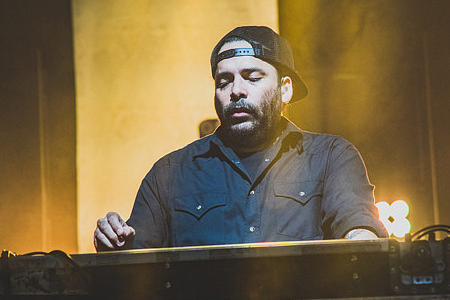 Template:Chris Schweglern on Wikimedia
Template:Chris Schweglern on Wikimedia
Origin Of Symmetry (2001)—Muse
The band’s predilection for mushroom consumption is said to have inspired Matt Bellamy’s more bizarre themes in his songwriting, but it also caused the lead singer to fall asleep in a hot tub, turning his right ear deaf for some time and forcing the group to discard many of his takes.
Take A Look In The Mirror (2003)—Korn
Squeezed between a money-losing album and an impending tour, nu metallers Korn rushed out a sixth album—even as guitarist Brian “Head” Welch battled an addiction to substances and, according to guitarist James “Munky” Shaffer, various personal dramas crimped creative flow.
 Sven Mandel, CC BY-SA 4.0, Wikimedia Commons
Sven Mandel, CC BY-SA 4.0, Wikimedia Commons
Dopesmoker (2003)—Sleep
In 1996 Sleep signed with London Records, who promised the metal group artistic control—until the band handed in the one song they’d recorded for their next album...one very, very long song. Battles followed, the group broke up, and an authorized album release came only in 2003.
American Idiot (2004)—Green Day
After a dip in album sales, the edgy rock band Green Day was hoping to regain commercial success with one album, but when the master tapes were nicked they decided to just start over, a decision that led to politically laden lyrics and the group’s first #1 album in the US.
 Raph_PH, CC BY 2.0, Wikimedia Commons
Raph_PH, CC BY 2.0, Wikimedia Commons
Mm Food (2004)—MF Doom
Aka Daniel Dumile, underground rapper and producer MF Doom settled on food as food for thought—for an entire album. There’s a buffet of lyrics and samples overflowing with food references, both literal and metaphoric—a recipe for success, as the critics lapped it up.
Vol 3: The Subliminal Verses (2004)—Slipknot
Singer Corey Taylor drank his way through depression while recording the metal group’s third album, as distracted bandmates bickered and the record’s producer juggled other projects. But the Grammy-winning album was a hit, putting the focus on the group’s more melodic side.
 bill, CC BY 2.0, Wikimedia Commons
bill, CC BY 2.0, Wikimedia Commons
The Black Parade (2006)—My Chemical Romance
Not much into sunshine and roses, My Chemical Romance set up shop in an allegedly haunted house to work on their third album, but the gloomy atmosphere pushed band members’ substance use and mental health issues to the limit. Critics and fans loved the album though.
The Bedlam In Goliath (2008)—The Mars Volta
After this American prog-rock band’s guitarist/songwriter bought a Ouija-type talking board, ominous messages followed, as did the departure of the drummer, the vocalist’s knee surgery, a home studio’s flood, and missing tracks—plus the recording engineer’s nervous breakdown.
 Steve Collis from Melbourne, Australia on Wikimedia
Steve Collis from Melbourne, Australia on Wikimedia
Sinners Never Sleep (2011)—You Me At Six
Lead singer Josh Franceschi was having a bad day in LA, with a string of bad news prompting a panic attack that sent him to the hospital and halted recording for 12 days. Despite all that, the UK group’s third album successfully shifted the group’s focus from pop punk to alternative rock.
…Like Clockwork (2013)—Queens Of The Stone Age
Going in for routine knee surgery, Joshua Homme ended up with his brain and heart flatlining, but he was revived, only to make his way through four months of slow recovery and deep depression. It’s hardly surprising that this ordeal led to his next album focusing on survival.
 Christian Bertrand, Shutterstock
Christian Bertrand, Shutterstock
Anthems For Doomed Youth (2015)—The Libertines
The Libertines survived their stay in Thailand to produce their first album in over a decade—at a recording studio built over a snake pit. Band member Carl Barât inquired at a shrine to the snake god Nāga about any anti-venoms. “No, you die”! came the not-very-reassuring reply.
Wish You Were Here (1975)—Pink Floyd
While recording Wish You Were Here, Pink Floyd received an unexpected guest: former bandmate Syd Barrett, who they had kicked out the band years before for erratic behavior.
When Roger Waters realized that this man with shaved head and shaved eyebrows was actually Syd Barrett, he burst into the tears. No one had recognized him.
In an even more heartbreaking twist, the band had reportedly been recording "Shine On You Crazy Diamond," about Barrett, when Barrett walked in.
He later left the studio without saying goodbye—it was one of the last times any of them ever saw him.
Fade Out
Creative types have creative ideas and creative drama—and some of that drama will show up in the music and some will just be the storied background to (hopefully) great artistry. Here’s hoping whatever obstacles musicians may face, they’ll somehow find a way to stay on track.


